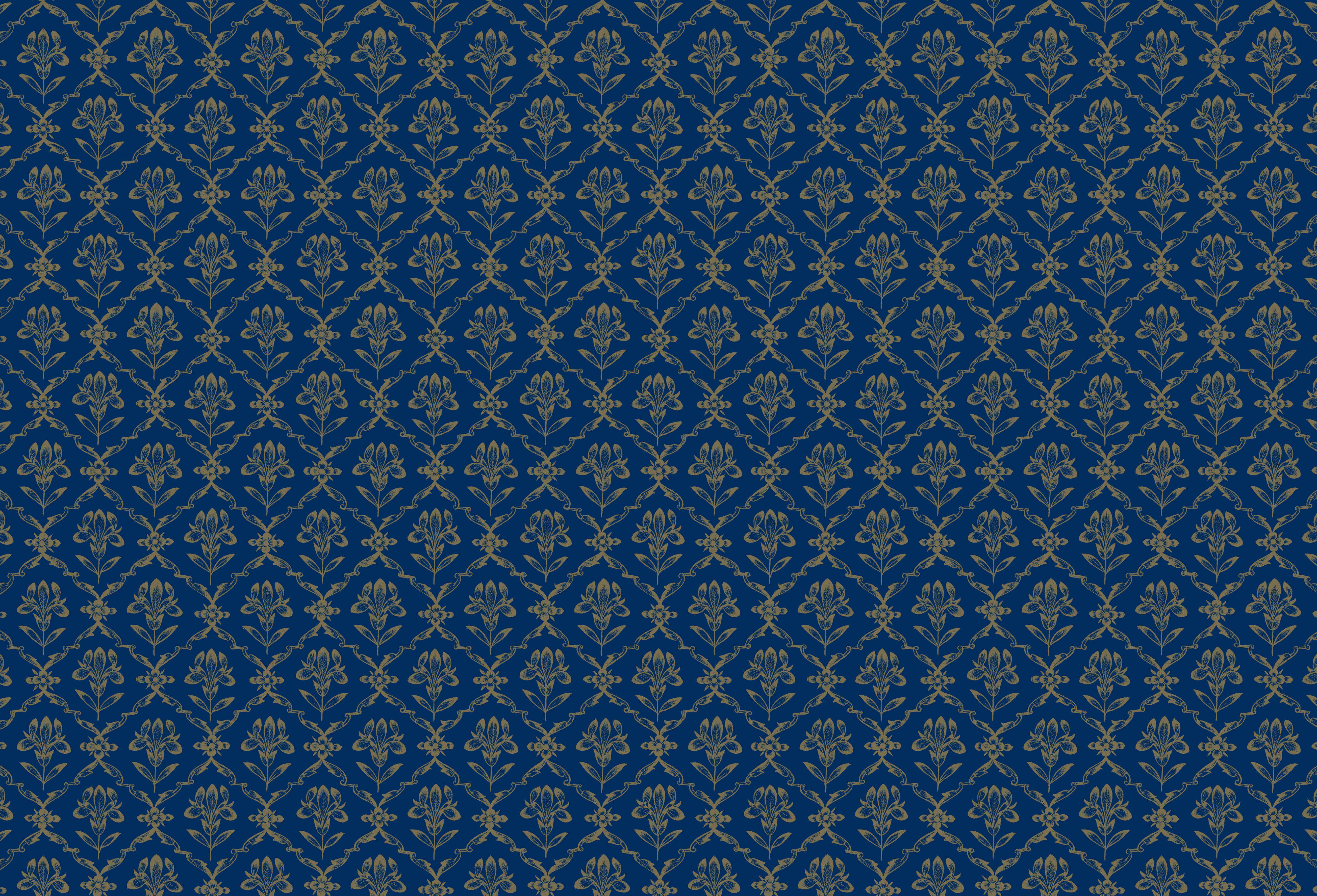
Eastern Encounters
Drawn from the Royal Library's collection of South Asian books and manuscripts
The musical mode Todi
Pahari (Guler), <i>c</i>.1810Painting in opaque watercolour including gold metallic paint; set into margins of painted paper | 20.9 × 16.0 cm (page); 16.1 × 11.5 cm (image) | RCIN 1005127
Pahari styles of painting were fluid as itinerant artists moved between patrons and courts or as works themselves were exchanged between royal houses.[186] This painting shows the typical idealised female of the region characterised by a tall, slender figure, porcelain skin, elongated eyes and long curving brows. Here she represents todi ragini, an early-morning summertime melody. The musical mode is often represented as a beautiful heroine separated from her lover who thinks of him as she wanders the forest. She plays a stringed instrument and her enchanting music causes the animals to awaken. A blackbuck – a poetic symbol of the absent lover – gazes up at the heroine in wonder, she looks down, and their eyes meet.[187]
[186] See Goswamy and Fischer 1992, pp. 308–17 and Randhawa 1963.
[187] For a similar Pahari depiction of the musical mode todi see Goswamy and Fischer 1992, pp. 360–61, cat. no. 157. Randhawa suggests that Pahari artists adopted the symbolism associated with todi in Rajasthani painting for portraying Gujari instead. See Randhawa 1971, p. 50.







